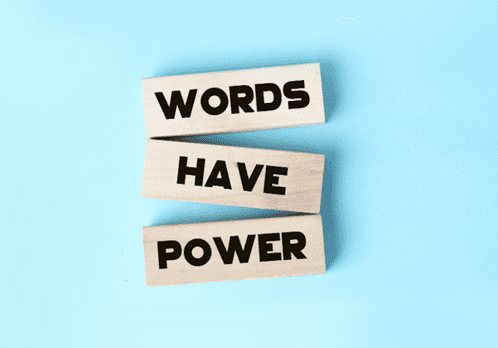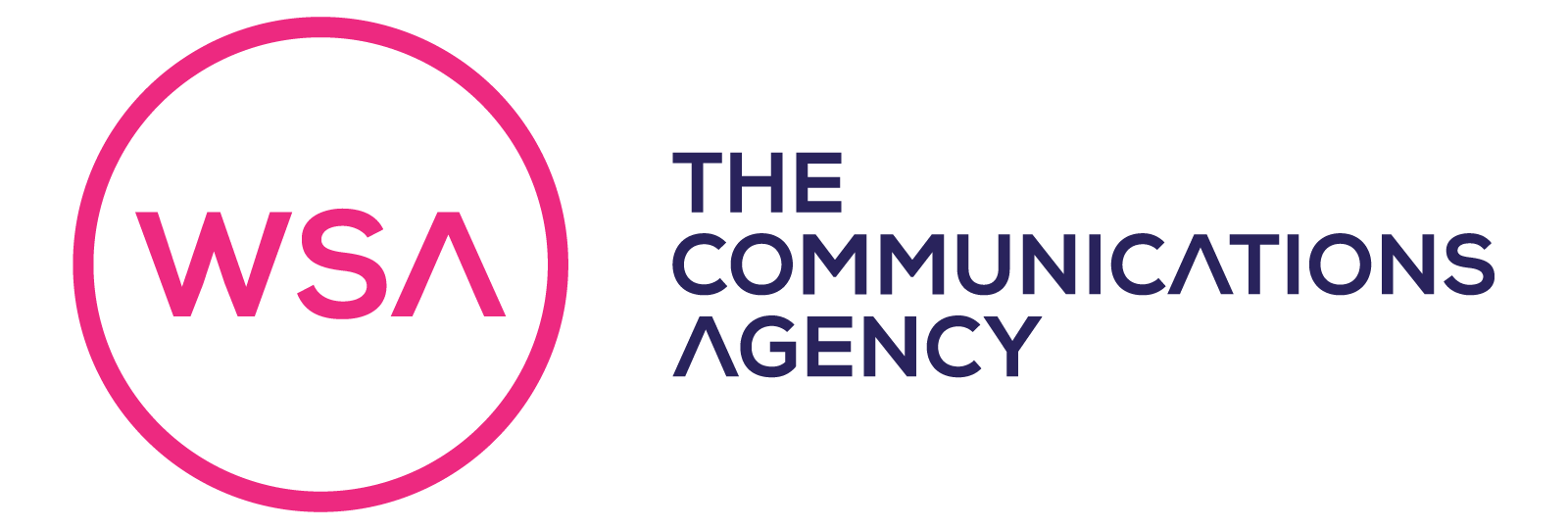Let’s get straight to the answer.
A copywriter provides short-form copy, typically designed to sell, whereas a content writer produces long-form copy that educates and informs. Both techniques aim to tell an engaging story and make a long-lasting impact, but each style will appeal to different types of readers.
Considering the preferences of a target audience and the immediate action you want them to take will usually reveal whether copywriting or content writing is the most appropriate solution.
At face value, this is all you need to know. But understanding more about the rules of copywriting and the subtleties of content writing may be what gives you the edge over the competition in an already crowded marketplace.
Time to delve a little deeper.

What is Copywriting?
Copywriting is the art of constructing the right words to persuade the reader to act. The goal is often to sell a product or service, so most of the time, the text will lead to a definitive call to action. Copywriters are usually tasked with creating a sense of urgency and invoking emotions like FOMO (fear of missing out). Don’t’ miss out. Limited time offer. Buy or die.
Copy of this nature is directly promotional and would be considered advertising in the eyes of editors and media partners. An article written in this way will be flagged as an advertorial and would need to be paid for to appear in publications or on the website of a title of interest. But it doesn’t have to be an article. Copywriting is usually short-form and can be effective as only a sentence or even a singular word when incorporated into a larger marketing campaign.
A skilled copywriter will produce words and text suitable for an advertisement or any other marketing material, whether that’s in magazines and newspapers, on TV adverts or in radio scripts, on billboards and OOH screens, or in emails and social media posts. Witty and memorable taglines and headlines are the bread and butter of expert copywriting.
Measuring ROI is relatively easy with copywriting if you have clear objectives. Has there been an upswing in sales or sign-ups? If yes, the copy has served its purpose. If no, readdress, readjust and retry. Copywriting is upfront about its sales message as this is often appreciated by audiences, who otherwise may feel betrayed if clicking on content for information but finding only a call to action.

What is Content Writing?
Content writers produce long-form articles that are focused on informing readers. Subtlety is the expertise required in these instances, as the words provided need to encourage brand loyalty and trust. More than promoting instant action, articles generated through content writing are expected to educate and generate repeat readership.
Content writing has become essential for businesses in recent times thanks to changes in Google algorithms. Using search engine optimization (SEO) and keywords in original content have become the fundamental way of appearing at the front of searches. This has evolved from a useful selling strategy to a must-have in the eyes of modern consumers, who will often distrust brands that do not appear when their area of expertise is searched for.
Content writing can take many forms from news focused press releases to case studies, how-to guides, magazine features and online blogs. Because it is informative in nature, it may be picked up by third parties based on its editorial merit. Research, links and facts from independent sources are advisable to back up any claims made and give credibility to the information provided.
Content writers understand that sales can be achieved as a result of producing valuable content. Audiences can be cynical and do not want to feel the priority of what they are reading is selling to them if it has not been presented as such upfront. Content writing is successful when it is honest and the undertones remain primarily focused on helping and guiding. Readers will still be willing to make a purchase or invest on the back of content, but only after you have earned the right to that conversation through proof of expertise and knowledge. It is a longer conversion technique than copywriting but can result in longer-term relationships and partnerships.
Measuring the ROI of content writing efforts requires longer-term thinking. Google Analytics will indicate if traffic is successfully being captured but you may never be able to see figures that accurately portray the full impact of content on advocacy and trust. What is advantageous, is the opportunity for repeat business. The content you editorially own can be timeless and may be engaged with by the right people weeks, months and years after you first upload it into the public domain.

Can Copy and Content ever co-exist?
Yes, they can and they do. A Content Strategist will typically harness the power of both content writing and copywriting, devising a schedule of communications that features both. Content writing will usually make up the majority of articles, adding value to the audience, with copywriting making more direct approaches when a need has been identified and the timing is right.
Whilst these two styles of writing may seem diametrically opposed, it is worth keeping in mind that any article you produce can be multi-functional and serve more than one purpose. Recognising that audiences are diverse in how they engage with copy will reveal that it is both copywriting and content writing to present simultaneously. Take this blog post for example.
My primary aim here has been to educate and inform. Serving up some delicious insight for the benefit of the reader (that’s you) with a side salad of brand awareness. Content 101. But by adding a call to action, asking you to get in touch with us for any current copy needs, perceptions and motivations have shifted. Welcome to copy-town.
Just because I have advertised our services, it doesn’t mean the info provided before is any less helpful or informative. It would be great if you gave us a call on the back of reading this, but even if you don’t, hopefully, you might remember us in future.
Content and copy are often linear, but not always. Think of it like splicing movie genres. You might watch a film that is a comedy designed purely to make you laugh, or you might watch a horror movie that fully invests in efforts to scare you. But there are plenty of films that tick both boxes and appeal to audiences interested in either or both of these experiences.

For all intents and purposes
When considering the difference between copy and content, always think about intent. Ask yourself, what is my overall content strategy? Why am I taking the time to write this? What do I hope someone will do after finding my blog, press release, tweet or post? The answers will reveal the skills and direction you need to reach your goals and ambitions.
What you want someone to do with the information you provide may have an end-goal objective, but your words can and almost certainly will be engaged with in different ways. A throw-away line you include as a conjecture to make a wider point might be what resonates. So always keep this in mind.
Now that you understand content writing vs copywriting, you can start to be creative. Challenge expectations and break the rules. Both techniques have purpose and benefits but require the same fundamental starting point. An interesting topic to write about. What that is, is entirely up to you.
Do you want to explore how WSA can help with your copy and content needs? The copywriter in me thinks you should call us now. The content writer says we will be here if you ever need us.
Either way, thanks for reading.
